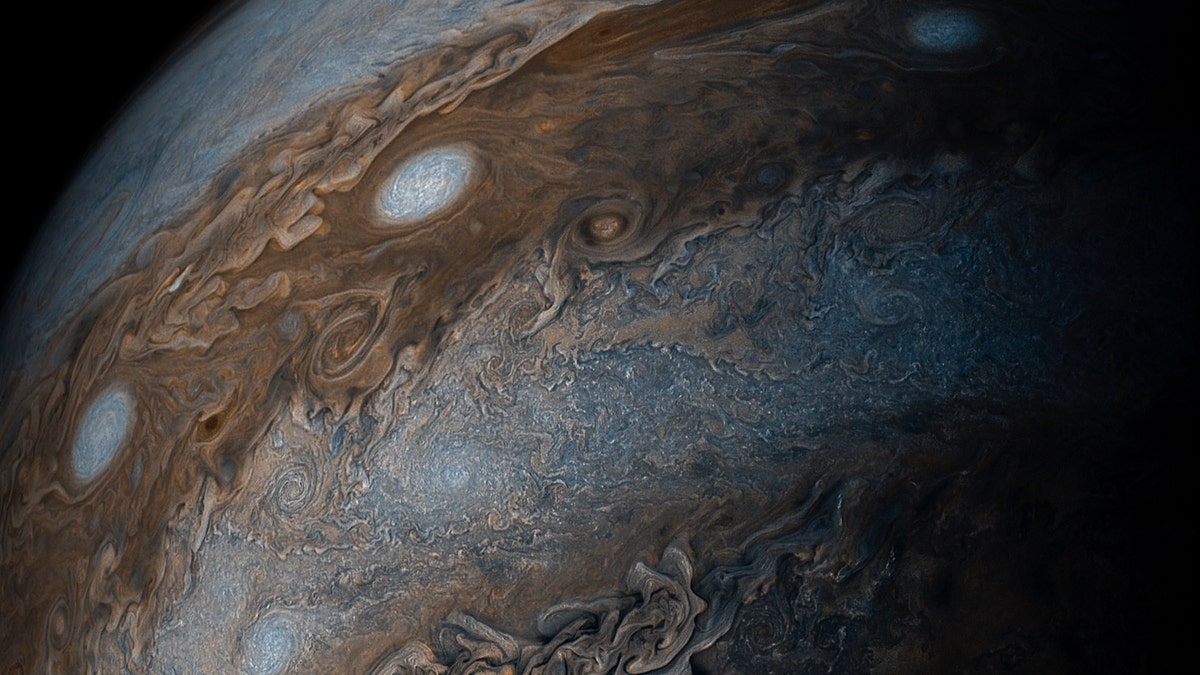
(Credit: iStock)
In the hostile environment of the ‘galactic bulge’ at the heart of our galaxy, scientists have spotted a planet so big it might not actually be a planet.
A large international team of researchers found the object when looking at data acquired by NASA’s Spitzer infra-red space telescope, which was first launched in 2003.
Using a technique called micro-lensing, which measures distortions in light when a star passes in front of another, scientists were able to discover the mysterious object is 22,000 light years away from Earth, and orbits its parent star roughly every three years.
Dubbed OGLE-2016-BLG-1190Lb, the object is thought to be 13 times the size of Jupiter, which is more than 11 times the diameter of Earth.
“We report the discovery of OGLE-2016-BLG-1190Lb, which is likely to be the first Spitzer micro-lensing planet in the Galactic bulge/bar, an assignation that can be confirmed by two epochs of high-resolution imaging of the combined source-lens baseline object,” the paper reads.
The massive size of the object has left scientists unsure if it is a humungous planet or a failed star.
“The planet’s mass places it right at the deuterium burning limit, i.e., the conventional boundary between ‘planets’ and ‘brown dwarfs’,” the report reads.
The mass of a brown dwarf can range between 13 to 90 times the mass of Jupiter, meaning they are not massive enough to sustain the nuclear fusion which makes stars burn.
The researchers said while observations were the most detailed ever for any planetary body found using microlensing. the data was still not enough to establish the precise full orbit of the planet.
The research has been submitted to the Astronomical Journal for publication.
This story originally appeared in news.com.au.




















